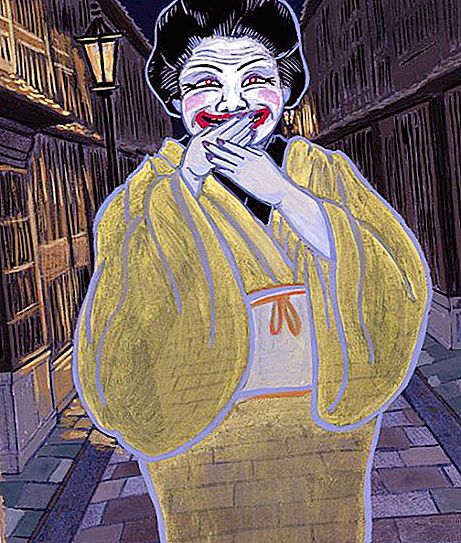What associations arise in a person who hears the phrase “red tulip”? As a rule, this is due to spring, the sun, good mood, love and a wonderful aroma. And what do we know about this flower? What is his story? What does the legend say? What does he mean as a gift or tattoo? What does this miracle have to do with execution? Read on and get answers to all questions.

The legend of the origin of the red tulip
This flower has long been a symbol of passionate love and happiness. This fact confirms not only the language of flowers, but also a beautiful, although very sad legend. Once the Sultan of Persia named Farhad passionately fell in love with the beautiful girl Shirin. And when he received false news about her death, he did not know where to put himself from grief, and did not want to live without his beloved. The Sultan directed his horse to the rocks and crashed to death. And the next day, right on the spot where Farhad’s blood spilled, a red tulip grew, not just one, but a whole field. There is such a legend. So if you want to tell another person about your love as a passion and glowing fire, then present a bouquet of red tulips.
But how was it really?
In the VI-VII centuries, references to this marvelous flower first appeared in the literary works of Persia. And he was called there "dyulbash", from him came the word "turban" later. In the XVI century, the tulip came to Turkey, first to the palace to the padishah. The concubines of the harem bred him, were engaged in breeding. I must say, quite successfully - they bred about 300 varieties! And during especially significant holidays so-called processions of turtles were arranged. The servants of the sultans released them into the tulip fields in the evening, tying a lit candle to the shell of each of them. Turtles crawled across the field, highlighting flowers. It was a truly magical sight. Even today in Turkey special holidays are held in honor of this flower. He was so appreciated that tulip bulbs were forbidden to be exported from the Ottoman Empire, and a person who was disobeyed would be immediately cut off his head. Despite all the prohibitions, some daredevil was found, and the bulbs went to Vienna in 1554, and in 1570 to Holland, where the real tulip mania began. By the way, in Holland, in one of the museums, the deed of purchase to the house, which was bought for 3 onions, has been preserved to this day! The red tulip, the significance of which is still the same today as in the aforementioned legend, was very fond of such famous personalities as Voltaire and Cardinal de Richelieu.
Why is this flower dreaming?
A tulip of any color in a dream is arrogance in love and pride. If a man sees him in a dream, then in reality he can win over a proud, narcissistic beauty. And the appearance of these flowers in women's dreams suggests that the mistress of sleep can fall in love with an egoist or macho. It is the red tulip in dreams that means the easy and quick establishment of relationships and acquaintances, although short-lived and unpromising.
What does such a tattoo mean?
Many girls decorate their bodies with tattoos of flowers, it is feminine and sophisticated. A common understanding of colors is associated only with good points: happiness, love, fragility, tenderness, etc. However, if you are going to decorate the body with a flower, first find out its meaning, because often the interpretation also changes depending on the design. So, the red tulip on the body has always symbolized tenderness and beauty. This tattoo has such an interpretation today, and it also speaks of true love and passion. This picture on the man’s body tells that he is an ideal lover. For the fair sex, such a tattoo will look good on the arm, leg or stomach. Do not forget that in combination with other details or colors, the picture will take on a completely different meaning.
Red Tulip in Afghanistan
Unfortunately, those people who participated in the terrible war in Afghanistan or are well aware of it, do not think about the red tulip with love and tenderness. Why? Because the so-called painful execution was called there, during which skin was removed from a living person.
For the first time such bullying was mentioned back in the time of King Peroz (459-484), when the Jews tore off the skin from magicians. And during the Afghan war, the Mujahideen did this with captive people. They hung up the Soviet soldier, sometimes even upside down, before that pumping up drugs. Then the skin was cut in the axillary region around the whole body and wrapped. Poor soldiers were dying from pain shock. How after that the people who fought there will like the red tulip? Execution is striking in its cruelty; a normal person simply cannot do this.







